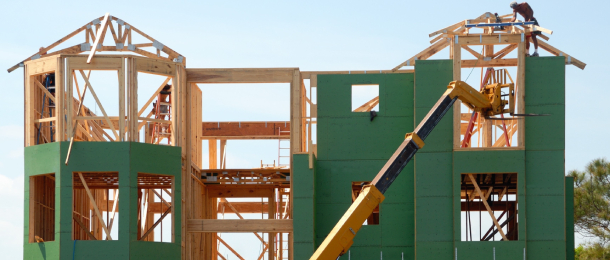SMSFs can use limited recourse borrowing arrangements (LRBA) to engage in property development, but need to do so through an unrelated 50-50 unit trust, which can still create non-arm’s-length income (NALI) issues if not structured correctly, according to an SMSF legal expert.
DBA Lawyers special counsel Bryce Figot said the model many SMSF trustees assume they can use falls down because it is actually running a business while being unable to meet safe harbour provisions.
Figot said in the assumed model the SMSF borrows under an LRBA, typically from a related party, to acquire units in a related unit trust, which in turn makes no borrowings but uses the cash from the LRBA to buy and develop property.
“One problem with this model is there is a fair chance that unit trust is running a business and people are over-optimistic when they think about what does not constitute a business. If a unit trust acquires real estate with a view to developing and selling some or all of it, there is a fair chance it is running a business,” he said at the SMSF Association’s Technical Day 2020 today.
“There is another problem that is set out in SMSF Regulator’s Bulletin 2020/1, paragraph 46, that states an SMSF cannot rely on mirroring the safe harbour terms to show they are consistent with an arm’s-length dealing.”
He added the ATO requires trustees to show the LRBA terms reflect an arm’s-length dealing, such as those found under a commercial loan, but this was going to be unlikely as commercial lenders would not be willing to extend those terms if they could not gain security over the underlying real assets.
These issues could be overcome if the trustees instead moved to using a 50-50 unrelated unit trust, but this was more complex than just two SMSFs acquiring 50 per cent of the assets in a unit trust, which then borrows from an unrelated arm’s-length lender, he noted.
He said this model created a NALI issue where the dividends from the unit trust are not consistent with an arm’s-length dealing because the lenders would still require personal guarantees from the SMSF trustees that entered into the unit trust.
“Is there anything that can be done to inoculate the SMSF from this risk? Possibly, if the unit trust paid the trustees an arm’s-length guarantor fee, but the practical problem is determining the quantum of the fee,” he said.
He said despite these hurdles, it was still possible but risky to integrate an LRBA with property development.
“If using an LRBA, it has to integrate with a division 13.3A unit trust or company and that involves trying to either find an arm’s-length lender willing to lend where the security is units or shares in the unit trust or company, or collecting extraordinary evidence as to what those terms would be and benchmarking to that,” he said.
“If you go down that path, you want an independent review or ATO private ruling as soon as possible before any income is generated so you can unwind it before any NALI impact




